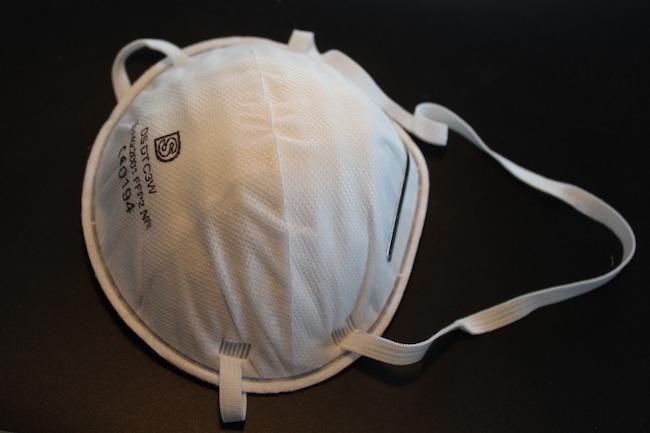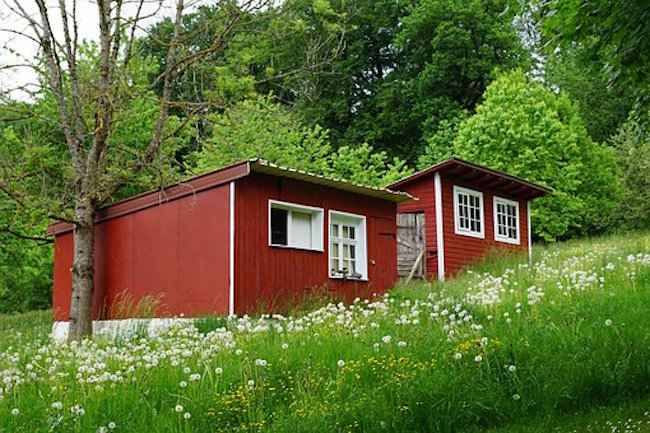What I Bought to Prep for a Wuhan Coronavirus Lockdown by Daisy Luther for The Organic Prepper
GNN Note – The image above is wrong type of mask – it is for demonstration purposes. DO NOT get this type of mask for this situation.
******
Panic over the coronavirus that originated in Wuhan, China is becoming more widespread and people are frantically getting prepared in case this thing goes bad. Things like N95 masks and other PPE are pretty much sold out in stores across the nation and also on Amazon.
In light of this, the most common question I’ve been asked lately by readers is, “What do I need to buy?”
Here’s what we know about the Wuhan Coronavirus.
First things first, more important than purchasing a whole bunch of stuff is understanding the virus itself. You need to know how it spreads, what the incubation period is, and who is the most at risk. This articlehas information about what we know right now to be true.
Now, keep in mind that what we currently “know” is being filtered by the Chinese government. We have a lot of reasons to believe that they aren’t being fully open with the rest of the world. For example, the numbers they’re reporting don’t really align with the complicated and expensive steps that China has taken to quarantine people and restrict their travel. But – we do have a small set of facts to work with and as we get more information, we’ll be able to add it to our plan and adjust our preparedness strategies accordingly.
Here’s what appears to be true:
- Most of the people who are dying are elderly or had pre-existing health conditions.
- The symptoms are flu-like, but what kills people is when it turns into pneumonia.
- It is spread person-to-person – it can be airborne on droplets from coughing and sneezing.
- It has been transmitted to at least one person who has not been to Wuhan.
- The incubation period is anywhere from 2-14 days and people are contagious before they show symptoms.
- The death rate is around 3% if what we’re being told is accurate.
There’s a lot of information we can glean from the facts above, assuming they’re accurate.
The most important thing is that the best method to avoid becoming ill is social isolation, also called “lockdown” or “self-quarantine.” There’s a lot of information about that in this book which is only available on Kindle. You can also check out this article. The other most important thing is to wash your hands, thoroughly and often.
So, how do we prep for this? How do we get ready to go into lockdown?
What does it mean to go into lockdown?
If you are self-quarantining or going into lockdown, what does that mean exactly? It means no one goes out and no one comes in. Below is an excerpt from an article I wrote during the Ebola scare of 2014 that explains the rules of lockdown.
Avoiding contact with people who have the illness is the only way to prevent getting it. Isolating yourselves is the best way to stay safe and healthy.
This is the tricky part: How do you know that the time has come to get the family inside and lock the doors behind you?
Lizzie Bennett, a retired medical professional, wrote an incredibly helpful article over on her website Underground Medic, which unfortunately is no longer up and running. Bennett recommends social distancing as the only effective way to protect yourself and your family from an outbreak of disease.
How long you should remain isolated depends primarily on where you live. For those in towns and cities it will be for much longer than those living in rural retreats where human contact is minimal. Though those fortunate enough to live in such surroundings should remember that if the situation is dire enough, people will leave the cities looking for safety in less populated areas. In large centres of population there will be more people moving around, legally or otherwise, each of these individuals represents a possible uptick in the disease rates, allowing the spread to continue longer than it would have they stayed indoors and/or out of circulation. Even when the initial phase is on the wane, or has passed through an area, people travelling into that area can bring it back with them triggering a second wave of disease as people are now emerging from their isolation…
…
One hundred miles is my buffer zone for disease, of course it could already be in my city, but practicalities dictate that I will not stay away from people because hundreds in Europe are dropping like flies. Maps of disease spread look like a locust swarm moving across the country and this allows disease spread to be tracked on an hour by hour basis. One of the few instances where mainstream media will be useful.




